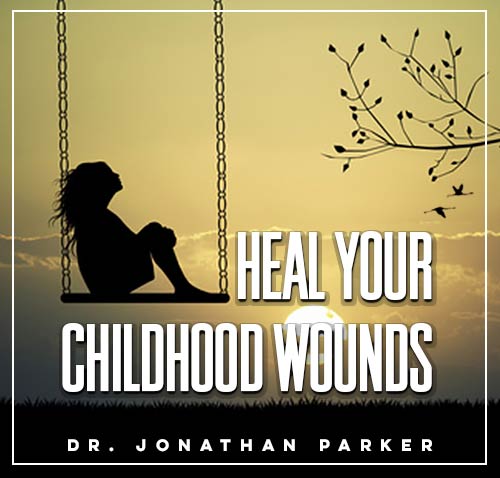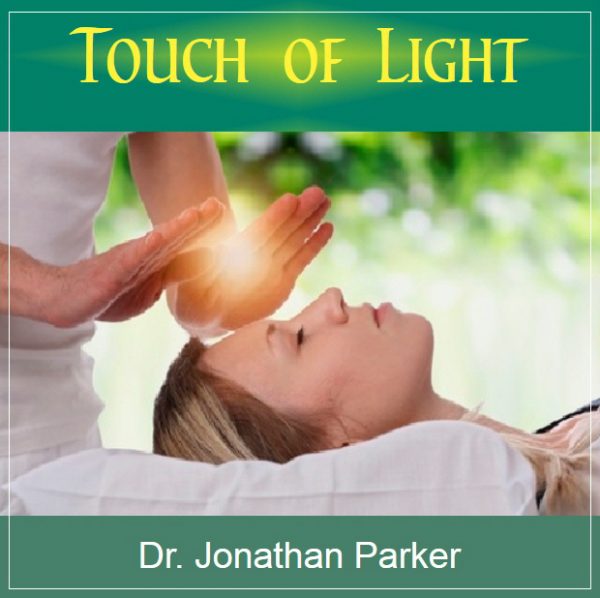Childhood Trauma Healing: Overcome Past Pain

Looking for more amazing products? Check out our online store and explore our collection here! Happy shopping!
Before diving in, please note: This post is for informational purposes only. If you’d like to know more about how we approach topics, feel free to check out our friendly Disclaimer Page.
Hey there, amazing readers! 
We’re committed to delivering quality posts, and your support (even just sticking around despite the ads) means everything to us. So, bear with us, and thanks for helping us keep the good vibes rolling. Now, on to the fun stuff!
TRANSLATE BUTTON AT THE END OF THE ARTICLE
A Quick Overview
Childhood trauma can have a lasting impact on an individual’s mental, emotional, and physical well-being.
It refers to any adverse experiences that occur during childhood, such as abuse, neglect, or witnessing violence.
These traumatic experiences can disrupt a child’s sense of safety and security, leading to long-term effects that may manifest in adulthood.
However, it is possible to heal from childhood trauma and overcome the pain of the past through various strategies and techniques.
Understanding Childhood Trauma
Childhood trauma encompasses a wide range of experiences that are emotionally painful and distressing for a child.
This can include physical, emotional, or sexual abuse, neglect, witnessing domestic violence, experiencing natural disasters, or having a parent with a mental illness or substance abuse problem.
These traumatic events can shape a child’s beliefs about themselves, others, and the world around them, leading to feelings of fear, helplessness, and confusion.
Impact of Childhood Trauma on Development
Childhood trauma can have a profound impact on a child’s development, affecting their cognitive, emotional, social, and physical well-being.
Children who experience trauma may have difficulties forming healthy relationships, regulating their emotions, and coping with stress.
They may also struggle academically, exhibit behavioral problems, and experience physical health issues.
Without intervention, the effects of childhood trauma can persist into adulthood, leading to mental health disorders, substance abuse, and relationship difficulties.
Recognizing Signs of Childhood Trauma
It is important to recognize the signs of childhood trauma in order to provide appropriate support and intervention.
Some common signs of childhood trauma may include:
Anxiety, depression, or mood swings
Avoidance of certain places or activities
Difficulty trusting others or forming close relationships
Low self-esteem or self-destructive behaviors
Flashbacks, nightmares, or intrusive memories
Difficulty concentrating or regulating emotions
If you suspect that a child is experiencing trauma, it is essential to seek help from a mental health professional or counselor.
Importance of Healing Childhood Trauma
Healing from childhood trauma is crucial for promoting mental and emotional well-being, fostering healthy relationships, and improving overall quality of life.
By addressing past traumas and learning coping skills, individuals can break free from the cycle of pain and create a more fulfilling and resilient future.
Healing from childhood trauma allows individuals to reclaim their sense of self-worth, restore their sense of safety, and develop healthier ways of coping with stress and adversity.
Effective Strategies for Healing
There are several effective strategies for healing from childhood trauma, including:
Therapy: Individual therapy, such as cognitive-behavioral therapy or trauma-focused therapy, can help individuals process and make sense of their traumatic experiences.
Support groups: Connecting with others who have experienced similar traumas can provide a sense of validation, understanding, and support.
Creative outlets: Engaging in creative activities such as art, music, or writing can help individuals express and release their emotions in a healthy way.
Mindfulness and meditation: Practicing mindfulness and meditation can help individuals stay grounded in the present moment and cultivate a sense of inner peace.
Seeking Professional Help
Seeking professional help from a therapist or counselor who specializes in trauma can be instrumental in the healing process.
Discover "SUPERFOODS: The Key to Health and Balance
"
A trained mental health professional can provide a safe and supportive environment for individuals to explore their thoughts and emotions, develop coping skills, and work through unresolved trauma.
Therapy can help individuals gain insight into the impact of their past experiences, learn healthy ways of coping with stress, and build resilience in the face of adversity.
Building a Support System
Building a strong support system is essential for healing from childhood trauma.
Surrounding oneself with caring and understanding individuals, such as friends, family members, or support groups, can provide a sense of connection, validation, and encouragement.
A supportive network can offer emotional support, practical assistance, and a listening ear during difficult times.
Building healthy relationships and seeking out positive influences can help individuals feel less alone in their healing journey.
Practicing Self-Care
Practicing self-care is an important part of healing from childhood trauma.
Self-care involves taking care of one’s physical, emotional, and mental well-being by engaging in activities that promote relaxation, rejuvenation, and self-compassion.
Some self-care practices that can help individuals heal from trauma include:
Engaging in regular exercise
Eating a healthy diet
Getting enough sleep
Setting boundaries with others
Engaging in activities that bring joy and fulfillment
By prioritizing self-care, individuals can nurture themselves and strengthen their resilience in the face of past pain.
Embracing Mindfulness and Meditation
Mindfulness and meditation are powerful tools for healing from childhood trauma.
By cultivating awareness of one’s thoughts, emotions, and sensations in the present moment, individuals can learn to observe their experiences without judgment and develop a sense of inner calm and peace.
Mindfulness and meditation practices can help individuals manage stress, reduce anxiety, and improve emotional regulation.
By incorporating mindfulness and meditation into their daily routine, individuals can create a sense of balance and stability in their lives.
Therapeutic Techniques for Healing
There are several therapeutic techniques that can be helpful in healing from childhood trauma, including:
Eye Movement Desensitization and Reprocessing (EMDR): EMDR is a form of therapy that helps individuals process traumatic memories and reframe negative beliefs through bilateral stimulation.
Dialectical Behavior Therapy (DBT): DBT teaches individuals coping skills to manage intense emotions, improve interpersonal relationships, and increase distress tolerance.
Somatic experiencing: Somatic experiencing focuses on bodily sensations to release pent-up emotional energy and restore a sense of safety and well-being.
Art therapy: Art therapy uses creative expression as a means of processing and communicating emotions and experiences that are difficult to put into words.
By exploring different therapeutic techniques with a trained professional, individuals can find healing modalities that resonate with their unique needs and preferences.
Cultivating Resilience
Cultivating resilience is an important aspect of healing from childhood trauma.
Resilience refers to the ability to bounce back from adversity, cope with stress, and adapt to challenging circumstances.
By fostering resilience through self-care, therapy, mindfulness, and support systems, individuals can build inner strength, develop healthier coping mechanisms, and overcome the limitations of their past experiences.
Cultivating resilience involves cultivating a sense of self-efficacy, optimism, and determination in the face of adversity, enabling individuals to navigate life’s challenges with greater ease and confidence.
Moving Forward: Overcoming Past Pain
Healing from childhood trauma is a journey that requires time, patience, and dedication.
By understanding the impact of trauma, recognizing its signs, and seeking professional help, individuals can begin the process of healing and reclaiming their sense of self.
By engaging in effective strategies for healing, building a strong support system, practicing self-care, embracing mindfulness and meditation, and exploring therapeutic techniques, individuals can heal from childhood trauma and overcome the pain of the past.
By cultivating resilience and moving forward with a sense of hope and determination, individuals can create a brighter and more fulfilling future for themselves.
Through healing, individuals can break free from the cycle of pain and create a life that is defined by resilience, self-compassion, and empowerment.
Discover "Sports Nutrition: The Importance of Nutrition and Exercise for Overall Health
"
Conclusion
Healing from childhood trauma is a challenging but essential process for reclaiming one’s sense of self-worth, safety, and well-being.
By understanding the impact of trauma, recognizing its signs, and seeking professional help, individuals can embark on a journey of healing and transformation.
Through effective strategies such as therapy, support systems, self-care, mindfulness, and therapeutic techniques, individuals can heal from childhood trauma and create a brighter future for themselves.
By cultivating resilience and moving forward with determination and hope, individuals can overcome past pain and embrace a life that is defined by healing, growth, and empowerment.

The Enlightenment Journey is a remarkable collection of writings authored by a distinguished group of experts in the fields of spirituality, new age, and esoteric knowledge.
This anthology features a diverse assembly of well-experienced authors who bring their profound insights and credible perspectives to the forefront.
Each contributor possesses a wealth of knowledge and wisdom, making them authorities in their respective domains.
Together, they offer readers a transformative journey into the realms of spiritual growth, self-discovery, and esoteric enlightenment.
The Enlightenment Journey is a testament to the collective expertise of these luminaries, providing readers with a rich tapestry of ideas and information to illuminate their spiritual path.
Our Diverse Expertise
While our primary focus is on spirituality and esotericism, we are equally passionate about exploring a wide range of other topics and niches 

To ensure we provide the most accurate and valuable insights, we collaborate with trusted experts in their respective domains 
Our blog originally focused on spirituality and metaphysics, but we’ve since expanded to cover a wide range of niches. Don’t worry—we continue to publish a lot of articles on spirituality! Frequently visit our blog to explore our diverse content and stay tuned for more insightful reads.
Hey there, amazing reader! 
Check out our store here and take a peek at some of our featured products below! Thanks for being awesome!
















